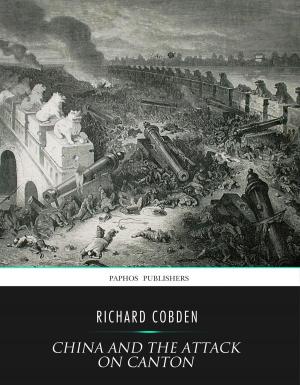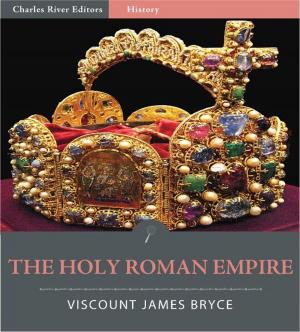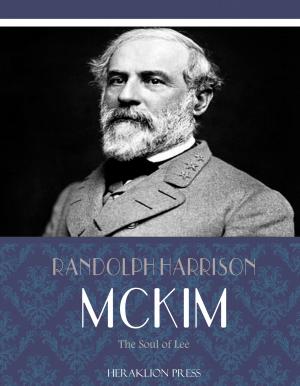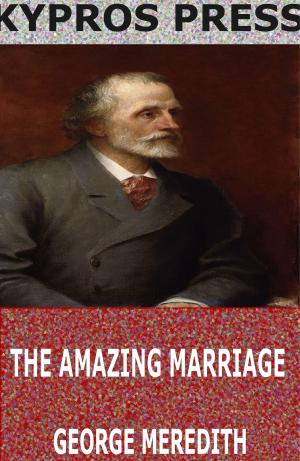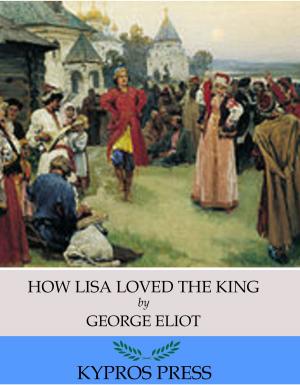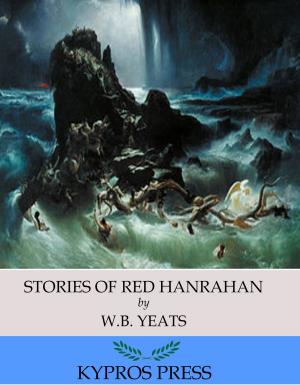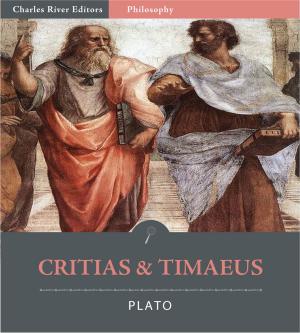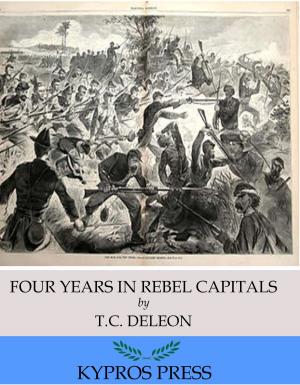Legends of the Middle Ages: The Life and Legacy of Genghis Khan
Nonfiction, History, Civilization, Medieval, Biography & Memoir, Historical| Author: | Charles River Editors | ISBN: | 9781475321395 |
| Publisher: | Charles River Editors | Publication: | January 28, 2013 |
| Imprint: | Language: | English |
| Author: | Charles River Editors |
| ISBN: | 9781475321395 |
| Publisher: | Charles River Editors |
| Publication: | January 28, 2013 |
| Imprint: | |
| Language: | English |
*Includes maps of Genghis Khan's empire and pictures depicting Genghis and other important people and places in his life.*Discusses legends and controversies surrounding Genghis Khan's life, death and legacy.*Includes a Bibliography for further reading.*Includes a Table of Contents. Conquering the world from horseback is easy. It is dismounting and governing that is hard. Genghis KhanIn a world fascinated by men like Alexander the Great and Julius Caesar, Genghis Khan is one of historys greatest and most famous conquerors. No man, before or since, has ever started with so little and gone on to achieve so much. From a noble family but raised in poverty that drove him to the brink of starvation, Genghis Khan rose to control the second-largest empire the world has ever known (the largest being, arguably, the British Empire of the 18th and 19th centuries), and easily the largest empire conquered by a single man. And while many empires disintegrate upon the death of an emperor, like Alexander the Greats, Genghis Khans empire endured and was actually enlarged by his successors, who went on to establish dynasties that in some cases lasted for centuries.Though history is usually written by the victors, the lack of a particularly strong writing tradition from the Mongols ensured that history was largely written by those who Genghis Khan vanquished. Because of this, Genghis Khans portrayal in the West and the Middle East has been extraordinarily (and in many ways unfairly) negative for centuries, at least until recent revisions to the historical record. Certainly Genghis Khan was not a peaceful man, or a particularly merciful one, and he famously boasted to the Khwaremzids that he was the flail of God, come to punish you for your sins. However, the image of him as a bloodthirsty barbarian is largely the result of hostile propaganda. He was far more complex than the mere brute that his negative portrayals indicate, and though there is a slew of graves and depopulated regions to testify to the fact that he was not a gentle man, it would be simplistic and wrong to describe him merely as a madman bent on destruction for destructions sake. In truth he was an extremely intelligent and extraordinarily ambitious man with a gift for warfare, empire-building and administration, and he was a political visionary who dreamed of a united Asia under Mongol control. He was neither the vile mass-murderer he is seen as in much of the Middle East, nor the shining, flawless hero he is often remembered as in Mongolia and western China. Nor should this fractured tribal background confirm one of the longest-lasting impressions that people have held about Genghis Khan and his Mongols, that of wild horse-archers galloping out of the dawn to rape, pillage, murder and enslave. The Mongol army was a highly sophisticated, minutely organized and incredibly adaptive and innovative institution, as witnessed by the fact that it was successful in conquering enemies who employed completely different weaponry and different styles of fighting, from Chinese armored infantry to Middle-Eastern camel cavalry all the way to Western medieval knights and men-at-arms. Likewise, the infrastructure and administrative corps which governed Genghis Khans empire, though largely borrowed from the Chinese, was inventive, practical, and extraordinarily modern and efficient. Legends of the Middle Ages: The Life and Legacy of Genghis Khan chronicles the amazing life of the conqueror, examines his accomplishments, and analyzes his legacy. Along with pictures of important people, places, and events, you will learn about Genghis Khan like you never have before, in no time at all.
*Includes maps of Genghis Khan's empire and pictures depicting Genghis and other important people and places in his life.*Discusses legends and controversies surrounding Genghis Khan's life, death and legacy.*Includes a Bibliography for further reading.*Includes a Table of Contents. Conquering the world from horseback is easy. It is dismounting and governing that is hard. Genghis KhanIn a world fascinated by men like Alexander the Great and Julius Caesar, Genghis Khan is one of historys greatest and most famous conquerors. No man, before or since, has ever started with so little and gone on to achieve so much. From a noble family but raised in poverty that drove him to the brink of starvation, Genghis Khan rose to control the second-largest empire the world has ever known (the largest being, arguably, the British Empire of the 18th and 19th centuries), and easily the largest empire conquered by a single man. And while many empires disintegrate upon the death of an emperor, like Alexander the Greats, Genghis Khans empire endured and was actually enlarged by his successors, who went on to establish dynasties that in some cases lasted for centuries.Though history is usually written by the victors, the lack of a particularly strong writing tradition from the Mongols ensured that history was largely written by those who Genghis Khan vanquished. Because of this, Genghis Khans portrayal in the West and the Middle East has been extraordinarily (and in many ways unfairly) negative for centuries, at least until recent revisions to the historical record. Certainly Genghis Khan was not a peaceful man, or a particularly merciful one, and he famously boasted to the Khwaremzids that he was the flail of God, come to punish you for your sins. However, the image of him as a bloodthirsty barbarian is largely the result of hostile propaganda. He was far more complex than the mere brute that his negative portrayals indicate, and though there is a slew of graves and depopulated regions to testify to the fact that he was not a gentle man, it would be simplistic and wrong to describe him merely as a madman bent on destruction for destructions sake. In truth he was an extremely intelligent and extraordinarily ambitious man with a gift for warfare, empire-building and administration, and he was a political visionary who dreamed of a united Asia under Mongol control. He was neither the vile mass-murderer he is seen as in much of the Middle East, nor the shining, flawless hero he is often remembered as in Mongolia and western China. Nor should this fractured tribal background confirm one of the longest-lasting impressions that people have held about Genghis Khan and his Mongols, that of wild horse-archers galloping out of the dawn to rape, pillage, murder and enslave. The Mongol army was a highly sophisticated, minutely organized and incredibly adaptive and innovative institution, as witnessed by the fact that it was successful in conquering enemies who employed completely different weaponry and different styles of fighting, from Chinese armored infantry to Middle-Eastern camel cavalry all the way to Western medieval knights and men-at-arms. Likewise, the infrastructure and administrative corps which governed Genghis Khans empire, though largely borrowed from the Chinese, was inventive, practical, and extraordinarily modern and efficient. Legends of the Middle Ages: The Life and Legacy of Genghis Khan chronicles the amazing life of the conqueror, examines his accomplishments, and analyzes his legacy. Along with pictures of important people, places, and events, you will learn about Genghis Khan like you never have before, in no time at all.

